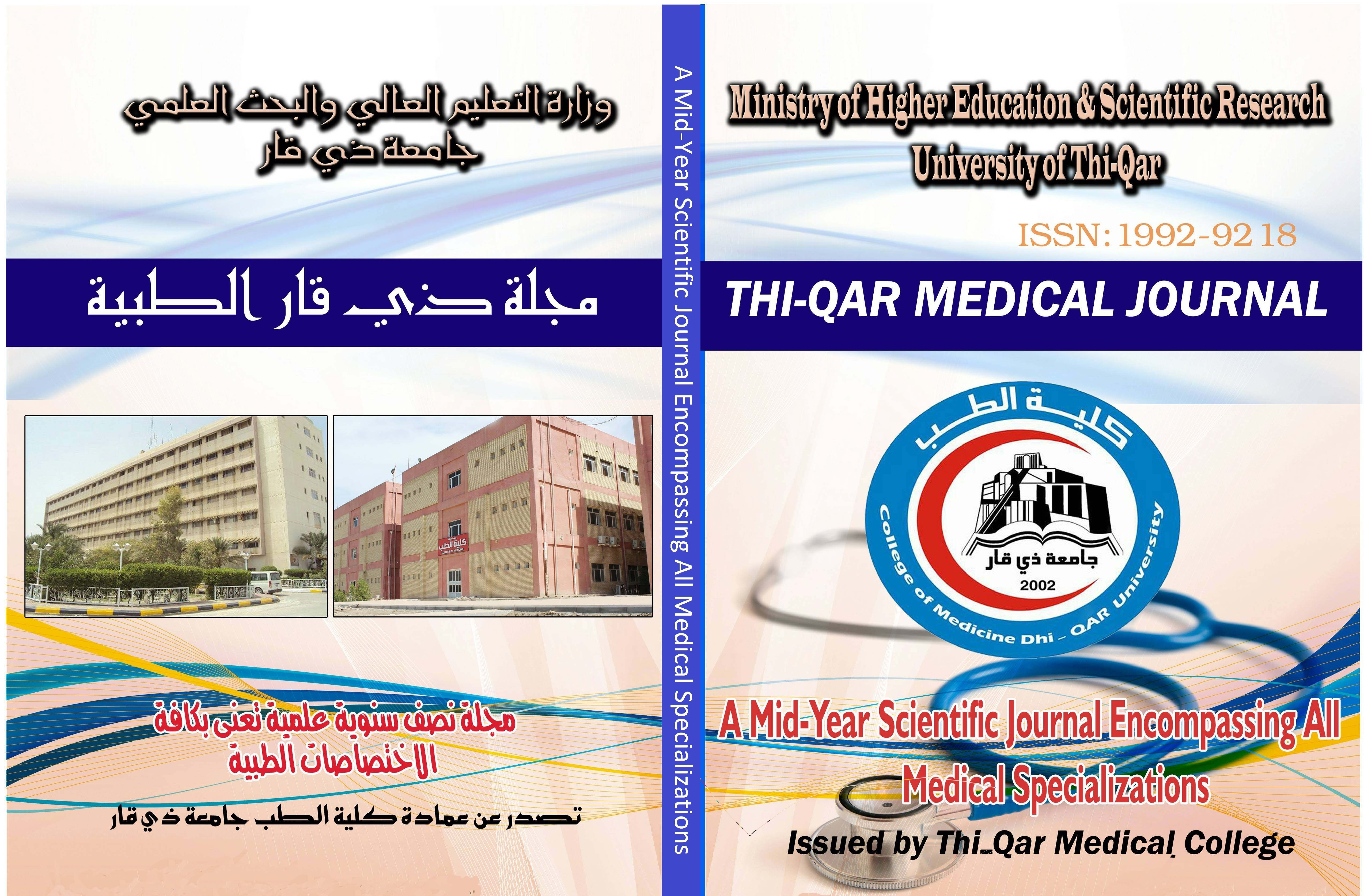Abstract
Background and Objectives: Open preservation rhinoplasty is a surgical technique that aims to
enhance both the aesthetic and functional aspects of the nose. Preservation of the upper lateral
cartilages plays a crucial role in maintaining the structural integrity and function of the internal nasal
valve. This study aimed to evaluate the impact of preserving the upper lateral cartilages on internal
nasal valve function in open preservation rhinoplasty procedures, specifically focusing on the internal
nasal valve .
Methods: A non-randomized clinical trial between April 2022 and January 2023 was conducted in the
Sulaimani region of Kurdistan, Iraq, involving 36 adult patients undergoing OPR. Data collection
included preoperative and postoperative assessments using the NOSE questionnaire, along with
physical examinations at 9 days, 3 months, and 6 months post-surgery, and photographs 3 months post
operative.
Results: The results showed significant improvements in functional outcomes, including nasal
stuffiness or congestion, nasal obstruction, breathing problems through the nose, sleeping problems,
and breathing problems during exercise. These improvements were statistically significant (p=0.001).
Based on the Rhinoplasty Outcome Evaluation (ROE), significant differences were observed in nasal
shape, nasal breathing, friends' and acquaintances' approval of the surgery, unrestricted social activities,
the aesthetic and structural appearance of the nose, and the reasons for seeking nasal shape alteration
or rhinoplasty.
Conclusion: Preservation of ULCs in OPR procedures positively impacts internal nasal valve function,
as demonstrated by improved postoperative outcomes. This technique maintains nasal structure
integrity and INV function, leading to favorable functional and aesthetic results.
enhance both the aesthetic and functional aspects of the nose. Preservation of the upper lateral
cartilages plays a crucial role in maintaining the structural integrity and function of the internal nasal
valve. This study aimed to evaluate the impact of preserving the upper lateral cartilages on internal
nasal valve function in open preservation rhinoplasty procedures, specifically focusing on the internal
nasal valve .
Methods: A non-randomized clinical trial between April 2022 and January 2023 was conducted in the
Sulaimani region of Kurdistan, Iraq, involving 36 adult patients undergoing OPR. Data collection
included preoperative and postoperative assessments using the NOSE questionnaire, along with
physical examinations at 9 days, 3 months, and 6 months post-surgery, and photographs 3 months post
operative.
Results: The results showed significant improvements in functional outcomes, including nasal
stuffiness or congestion, nasal obstruction, breathing problems through the nose, sleeping problems,
and breathing problems during exercise. These improvements were statistically significant (p=0.001).
Based on the Rhinoplasty Outcome Evaluation (ROE), significant differences were observed in nasal
shape, nasal breathing, friends' and acquaintances' approval of the surgery, unrestricted social activities,
the aesthetic and structural appearance of the nose, and the reasons for seeking nasal shape alteration
or rhinoplasty.
Conclusion: Preservation of ULCs in OPR procedures positively impacts internal nasal valve function,
as demonstrated by improved postoperative outcomes. This technique maintains nasal structure
integrity and INV function, leading to favorable functional and aesthetic results.
Keywords
Functional outcomes
Internal nasal valve
Nasal wall function
Open preservation
Rhinoplasty
Upper lateral cartilage
